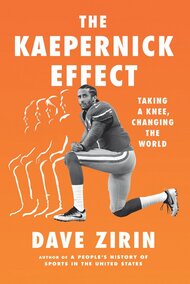94 ‘Til Infinity : How SLAM helped change the basketball landscape forever

94 ‘Til Infinity : How SLAM helped change the basketball landscape forever. This is my tribute to the only basketball magazine that matters on its 15th anniversary. Big ups to Ben Osborne, Lang Whitaker, Susan Price, and everyone who makes SLAM Magazine matter.
Have you ever seen a five-hour Swedish film with subtitles? That would feel like a rage in Harlem compared to the NBA back in 1994.
To be a hoops fan back then was to follow a game that could feel about as much fun as watching an apple turn brown. His Airness was trying to hit a curveball. AI had yet to find his way to Georgetown. Most European players were of junior varsity quality. As head coach of the Knicks, Pat Riley, the same man who gave us the exhilaration of the Showtime Lakers in the ‘80s, seemed determined to turn the sport into rugby. Eighty-five points got a win. Sports Illustrated even ran a cover story in ‘94 explaining “Why the NHL’s hot and the NBA’s not."
Starting a basketball mag in such a sporting climate may have seemed about as smart as buying stock in Betamax. But that didn’t faze Dennis Page. He and his team of early contributors (including Vincent Mallozzi, Bönz Malone, Kevin Powell and Andy Serwer) Google ‘em if you’re not familiar), didn’t focus on the effective veterans running the L like Reggie Miller, Karl Malone and John Stockton. Instead, SLAM went after the ballers who played to a beat. We were already hearing that beat on the blacktop, but someone had to bring it to the League. The undeniable link of hip-hop to the NBA was a lot more than a young Shaq getting his Fu-Schnickens on. Music, dress and culture were
becoming a part of the life of the game in a way that David Stern could neither extricate nor fully commercialize.
The ‘94 rookie class, led by “Big Dog" Glenn Robinson, was the first generation of players who, born c. 1974, had never known a musical or cultural landscape without turntables, mixtapes and MCs. Two of the players drafted in the first round were Jalen Rose and Juwan Howard, part of Michigan’s Fab Five. Hip-hop had become part of the League’s DNA. The genius of SLAM was bringing us the science that would change
the League forever.
That’s why Larry Johnson was on the inaugural cover. If you only remember LJ with the Knicks, after a back injury stole his hops, you missed out on something special. At his best, he was the child of Barkley and Jordan, jumping over and through anyone in his path. He was the baller equivalent of Rap-A-Lot records: straight outta Texas and playing shit the mainstream wasn’t trying to hear.
That’s why the first issue also highlighted a PG from Oakland with no jumper who covered the court like he was on ice skates and made everyone around him better: Jason Kidd. Kidd was Souls of Mischief and Del tha Funkee Homosapien fully West Coast, and changing the game with skill. Yes, issue 1 made some spelling decisions best forgotten (”Slamboyant Sneaks and “Krazy Mad Moves" stand out) but it also laid a foundation that has stood the test of time, as sections like In Your Face and Slamadamonth were there from the jump.
This was also before the internet our monthly one-stop website to talk about hoops in a way our fathers’ magazines weren’t trying to hear. Now, just as we grew up never not knowing hip-hop, there is a new generation that’s come up never knowing a basketball landscape without SLAM. They don’t know that there was a time when our love for the rhythm of hoops was underground. They don’t know there was a time when playground legends were more rumor than real and when young ballers were anonymous.
Now the underground is mainstream. Now players use Twitter and Facebook to make themselves heard. Now we know about the talent across the globe from the black top to the big time. Now the beat is out of the streets and on the courts. SLAM didn’t create this synthesis of hip-hop and hoops; that was in our hearts and minds already. But SLAM put it on paper and changed the culture. That’s why SLAM is the only basketball mag that matters. And that’s why as long as there is a game to watch, its relevance will endure.
More columns ⇒
Support the Work
Please consider making a donation to keep this site going.
Featured Videos
Dave on Democracy Now!

